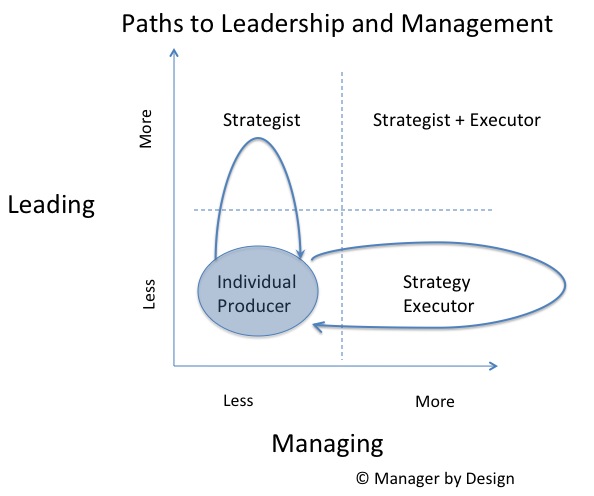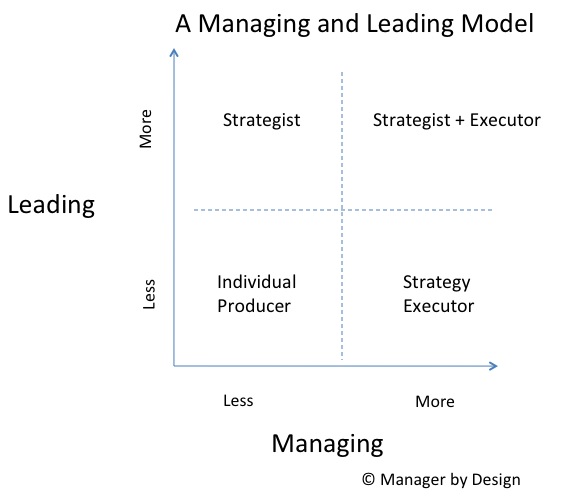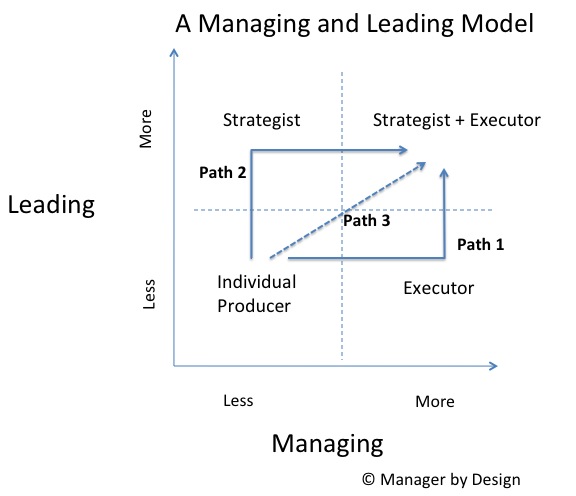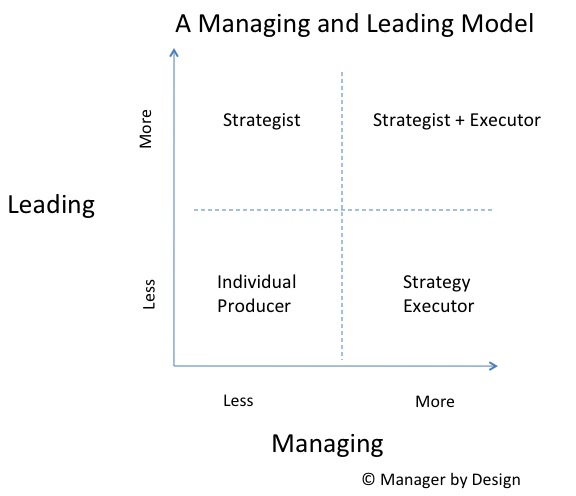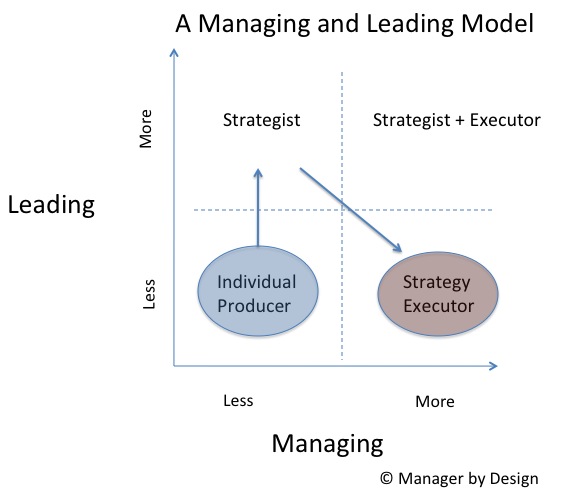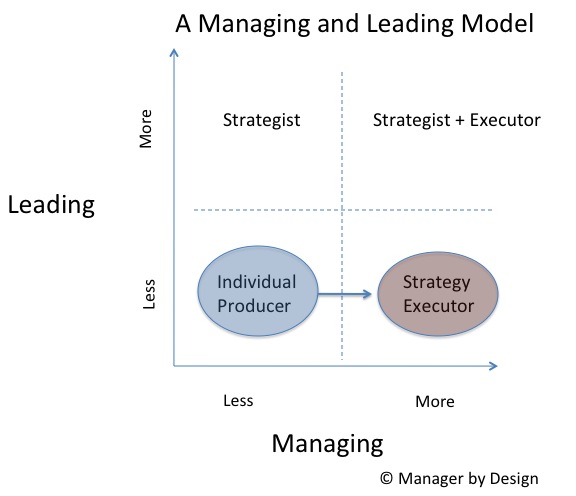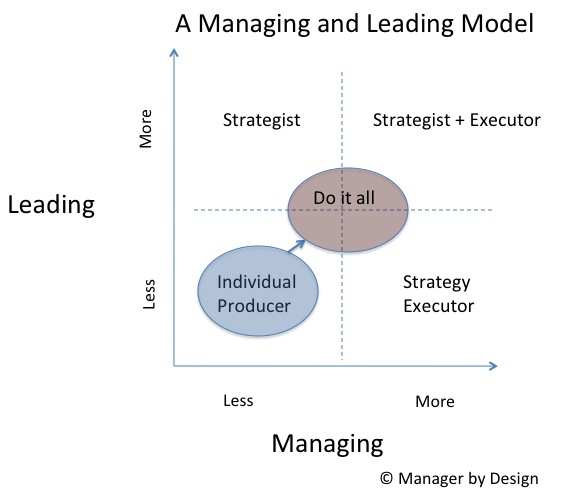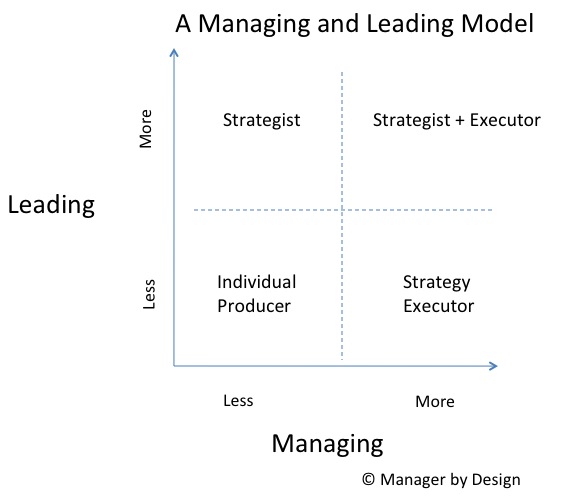Without a strategy articulated, perhaps it’s time to start crowdsourcing one
In my previous article, I discuss how a necessary component of leadership is setting and articulating a strategy. If this is not done, then leaders become managers executing a strategy that has not been articulated, and, in essence, multiplying the number of managers executing a non-existent or randomly generated or constantly changing strategy. In other words, chaos.
In an earlier article, I discuss how one way to assure managers actually know the strategy is to ask them what they think the strategy and ask those reporting to the managers what they think the strategy is.
Now lets combine the two. Let’s go ahead and ask people in the organization what they think strategy is. Whether there is an articulated strategy or not, this process will, in essence, reveal what people in the organization think the strategy is.
Setting and articulating a strategy is not necessarily an easy thing to do, and even those in leadership positions seem to struggle with this. So “crowdsourcing” is at least a way to generate ideas and kick start the process of identifying and articulating a strategy. Read more
Management Design: How to include your managers in the strategy development process and develop leaders at the same time
If your organization has a strategy, it’s probably important that your managers – the strategy executors – be able to understand, articulate, and interpret the strategy well. If not, then this is bad management design. The Manager by Designsm blog’s leadership/management model makes the distinction of managers as strategy executors and leaders as strategy developers. So it is important that the managers be able to understand, articulate and interpret the strategy well.
One good design is to include managers in the strategy development process. It looks something like this:
But this should be designed to be done smartly and not in a haphazard way. An example of being sloppy in the design of “including the managers” is through having the management team regularly sit in on leadership meetings. This is a big waste of time, and would no doubt chart as low quality meetings.
Instead, the managers’ involvement needs to have the following elements:
a) Specifically selected managers (not all managers)
b) Be focused specifically on the strategy development process (not all leadership meetings)
c) The role needs to be defined with expectations to participate included (not just sit in)
d) It needs to be articulated that managers are assisting with the strategy development process (as opposed to, say, “You’re attending the ‘Leadership Meetings’”)
e) There needs to be an end to this process so the manager can go back to managing (not a standing invitation).
As a bonus, if the strategy development process is an involved one, the managers involved would be temporarily relieved of their duties as “strategy executor” manager, with the understanding that they will go back to this role.
In this process, not only will the manager become better at managing, in that she (and her employees) will be able to articulate and interpret the strategy better, but she is also is aware of the strategy development process as a specific process, allowing her to become a better “leader” in addition to being a better manager.
Perhaps that manager will someday make a transition to being a “leader” and will be able to do – when in that leadership position — the following things:
- Articulate that there is a strategy development process
- Describe what that process is
- Replicate it and improve upon it when in the role of strategy developer
- Include the managers in the process
All of this while doing work that assists the current organization needs, and done on the job and not in a separate, abstracted training class. So the “leadership development” of the manager would look something like this:
The manager learns how to manage (strategy execution) and then learns how to lead (set strategy) and understand the difference between these actions, versus conflating these myriad of actions all as “leadership.”
As an extra bonus to including a manager in the strategy development process, the strategy itself will likely be better, as she can provide the needed perspective from the “strategy executors” on what they need to execute the strategy, and whether the strategy is going to work. As a double extra bonus, she will be to assist with the strategy implementation to other managers, assist with the ongoing interpretation to the other managers, all things that seem to assist with the current needs of the organization. In short, this is “leadership development” while doing the current job better.
The alternative I have seen is to have leadership development happen external to the job – -usually through a leadership development class or series of classes. These are effective at introducing the concepts, but do not allow for immediate applicability. This time delay will usually mean limited (if at all) application of the concepts. If you need classes at all, a better design would be to have the “strategy process” be taught to the manager (strategy executor) just prior to participating in the strategy development process.
Does your organization include the managers in the actual strategy development process? Or does it rely on developing its leadership through either classes or “sink or swim” methods?
Related Articles:
Management Design: The Designs we have now: The paths to management and leadership
Management Design: An alternative path to management and leadership: Loop in and out
Management Design: Structure and Feedback in a focused area of leadership
A model to show the difference between managing and leading
Do your managers know the strategy of your organization?
Tips for how your managers can better execute strategy
Tips for how your managers can better understand your strategy
How do managers learn strategy?
Management Design: A proposed design so that new managers embrace learning management skills
Management Design: Structure and Feedback in a focused area of leadership
In my previous article, I propose a design that allows for a more systemic and purposeful way of developing managers and leaders. The basic idea is to provide leadership opportunities (setting strategy) and management opportunities (executing the strategy) without conflating both.
Here’s how it looks in the Manager by Designsm leadership and management model:
Under this model, the design is to identify people who are good at strategy, identify people who are good at strategy execution (management) and make sure that they are good at either strategy or strategy execution.
The same individual can try out both paths – if that individual is considered some sort of amazing performer – but this design is intended to find lots of people who are good at leadership and management, not just that magical super-performer as the current designs seem to be skewered toward.
Management Design: An alternative path to management and leadership: Loop in and out
When looking at the Manager by Designsm leadership and management model, we can see some opportunities for better management design. Using the model in my previous article, I note that there are three common paths for creating managers and leaders (the two concepts often get conflated – the model attempts to differentiate). Here are the three paths:
What I find interesting about this view is that, according to this model, the paths all conclude with the individual being both a strategist and a strategy executor. In short, the paths imply the person has two jobs: Coming up with the ideas and seeing the ideas through.
These appear to be two entirely different skill sets, and skill sets that should be valued separately. There are certainly some people who can do both strategy and strategy execution well, but, really, how many? And do people who like to strategize also like to manage a team? Maybe sometimes, but not always.
So it would be important to find out, wouldn’t it? Let’s say you have someone in your organization who is very good at strategy. That sounds like something that would be valuable to many organizations. How do you find out? Does that population come from the “Strategy Executor” group? Or would it come from the individual producer group?
And once that strategist is identified, is it a full time job? Or do you make it one by transforming the strategist into a strategist + strategy executor?
In the current management design, the most common action is to look for the strategists from the management group (strategy executor group) (path 1 or 2 above).
There are a few of problems with this “design” (or perhaps an accidental by-product of ingrained organizational habits):
- This seems to limit the population of possible strategists as coming from strategy executors
- It sublimates the act of team management by devaluing excellence in team management
- Setting strategy is a part-time job, being shared with strategy executor.
In looking at path 3, it assumes that strategy is a springboard to management, and that the skill of setting strategy isn’t “enough” of leadership, and requires immediately halving this role to include managing a team.
So all of these “designs” appear to have inherent risks, which includes asking a leader to lead in a way that they aren’t good at, and asking a manager to become a leader/strategist.
So what are alternate paths? Here are a few that would seem less risky to me, and allow people and organizations to see what they are good at.
In this design, you have a means for people to hone their skills in what can be considered two different skill sets – strategy and strategy execution. In doing this, they can focus on the aspect of what they are being asked to do without the clutter of conflating leadership and management.
Management Design: The Designs we have now: The paths to management and leadership
This continues a series of articles that examines the differentiation between management and leadership by looking at a model I created that specifies the difference between management and leadership:
In this model, I make the point that it is possible to be a leader without being a manager, and a manager without being a leader. The main differentiation is the action of setting strategy and the action of executing the strategy.
At the same time, we normally conflate leadership with doing both strategy and execution. In my model, that is fine, but the leadership element is still tied to strategy and the management element is still tied to execution. If you want people in your organization to be both strategists and executors of strategy, then this model is useful.
So let’s look at how that can be. Here are the three paths that are typically considered how someone becomes a do-it-all leader/manager (or, in my model, a strategist + executor).
Path 1: Become a manager, then start doing strategy
In this path, someone becomes a manager of a team they probably served on. They are charged with keeping an existing strategy going, and making sure that team has the existing level of productivity. At a certain point, that manager steps out of that role and starts coming up with new strategies and direction for the organization, while continuing to be a manager of a team or organization.
Current management design: The one with the ideas becomes the manager
In my previous articles, I showed why managers are often resistant to change or are bad at leadership – by design. In today’s article, I’d like to walk through another common scenario – the leader who then has to manage.
I’ve created a model that shows the difference between leadership and management.
In this model, it allows for an individual person without a team to demonstrate leadership. If they are involved with setting the strategy for an organization, they are a leader. Oftentimes this is the person with the idea, and that person does a lot of work to spread the idea, get support for the idea, and convince other parts of leadership and individual producers of the need to pursue the idea. If that idea actually gets executed, it sure looks like that person is a leader – the person leads by being out in front of an idea, and leads by making sure the idea got into the hands of those who can do something about it.
So that shows how someone can become a leader without managing a team!
I love this scenario, because it shows that someone in an individual contributor role can be considered a serious leader in an organization. There are many people like that in an organization, and this kind of path to be a “strategist” shows career growth that can provide terrific value to the organization. It also shows that the strategist does not have to be the strategy executor (a.k.a., manager) to be a leader in an organization.
Now, here’s the problem. Many times organizations say, “This is a great leader!” Then they put that person in a manager role:
We’ve seen this frequently in organizations. When someone shows leadership, they are given a team to execute that strategy. It is a common marker of success for that individual. Here’s your team – now go do it!
Management Design: The Designs we have now: Part time strategist, part time manager
In my previous article, I discuss a management/leadership model I developed that shows how managers are resistant to changing strategies, and this is often by poor design. Here’s how it looks:
Even though this is a common path for people to become managers, there is a design flaw for those organizations that change their strategy. The managers are focused on and understand a single strategy, and, in this visualization, aren’t involved in, or aware of possible other strategies that follow.
Now lets look a slightly different path that is also common:
I call this the “do it all” scenario. It kind of makes sense, as you can see that when someone gets promoted from an individual producer role to a manager role, they are then required to show leadership, which involves developing strategy skills as well as people management skills.
Management Design: The designs we have now – Manager knows and supports only one possible strategy
In my previous article, I showed a model I created that identifies the difference between being a leader and a manager. Here it is:
In this model, the manager that I typically think of when writing about managers is in the lower right corner – a manager who is a “Strategy Executor.” The organization that the manager works for has a strategy, and the manager makes sure that this strategy is executed. This manager typically has a team of people in some capacity (either direct reports, virtual, outsourced vendor) to make sure the strategy is executed.
As an example, if you are a Training Manager, then the strategy is that the organization is using “Training” as a means to help the organization run better. “Training” is the Strategy, and the Training Manager is needed to execute that strategy.
So the training manager has to make sure the training is executed. That means there needs to be budget, a team of people and facilities to get this done somehow. That’s the manager’s job – use these resources to execute the “Training” Strategy.
But how does one become a strategy executor, a.k.a., manager? There are various paths.
The most commonly thought of path is the following:
- Someone is really good at being an individual producer, and the manager role opens up, and they get the job as the manager. That individual producer is now the strategy executor. Here’s how it looks on the model:
This seems to fit in the popular conception of how people become managers, but under this model, you can see a potential design flaw. The person becomes a manager without having been involved with the strategy development. In the case of the Training Manager, the strategy executor will be executing the “Training Strategy” without really knowing what went into the development of that strategy.
A model to show the difference between managing and leading
The Manager by Design blog seeks to provide great people management tips and awesome team management tips. The focus of the blog is on management, but the question is – what is the difference between leadership and management? There are hundreds of great books on leadership, and there are many resources that work to delineate the difference between managing and leading. For there purposes of this blog, here is the model I have that demonstrates the difference between managing a leading.
Let’s take a look at the model:
In this model, I’ve put out a grid that puts managing on the x-axis and leading on the y-axis to demonstrate their inter-relationships and where they separate.
In the lower left quadrant (“Individual Producer”), you have a role that requires neither managing nor leading. I call it the individual producer. If that individual producer produces something (analyses, a product, a sale), then that person has done her job, and is doing well at the job. This person is neither managing nor leading, but still producing, and contributing. Every organization needs lots of this!




